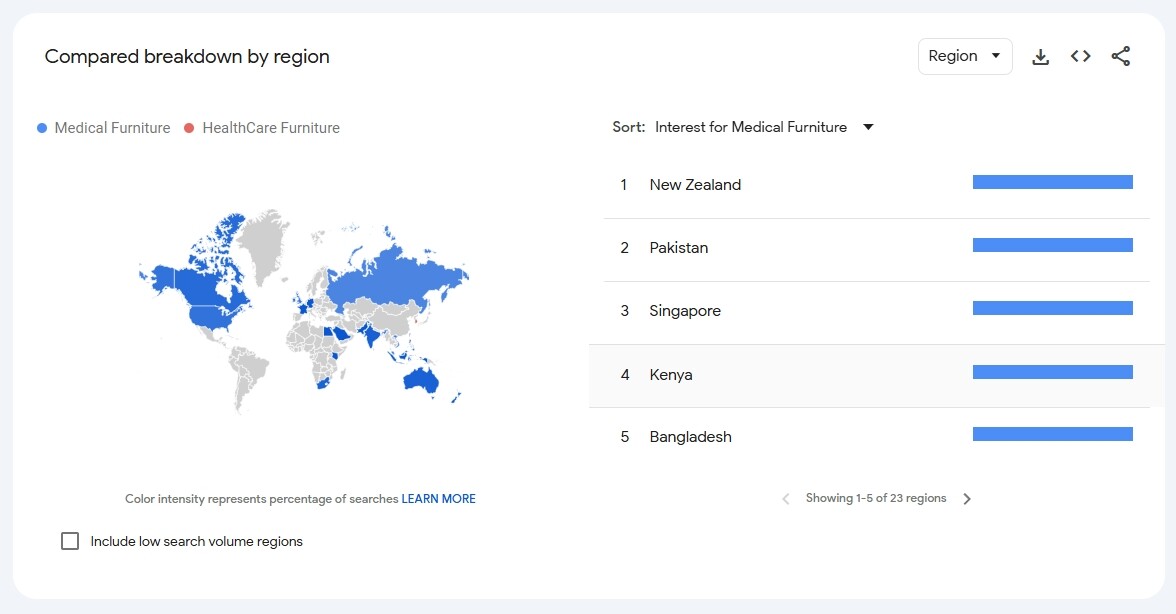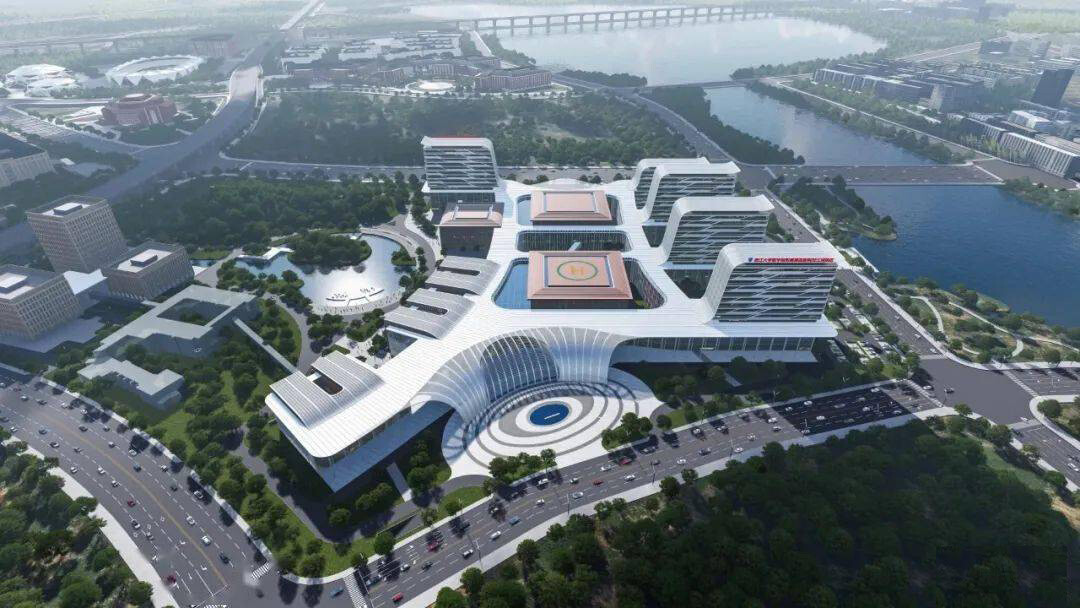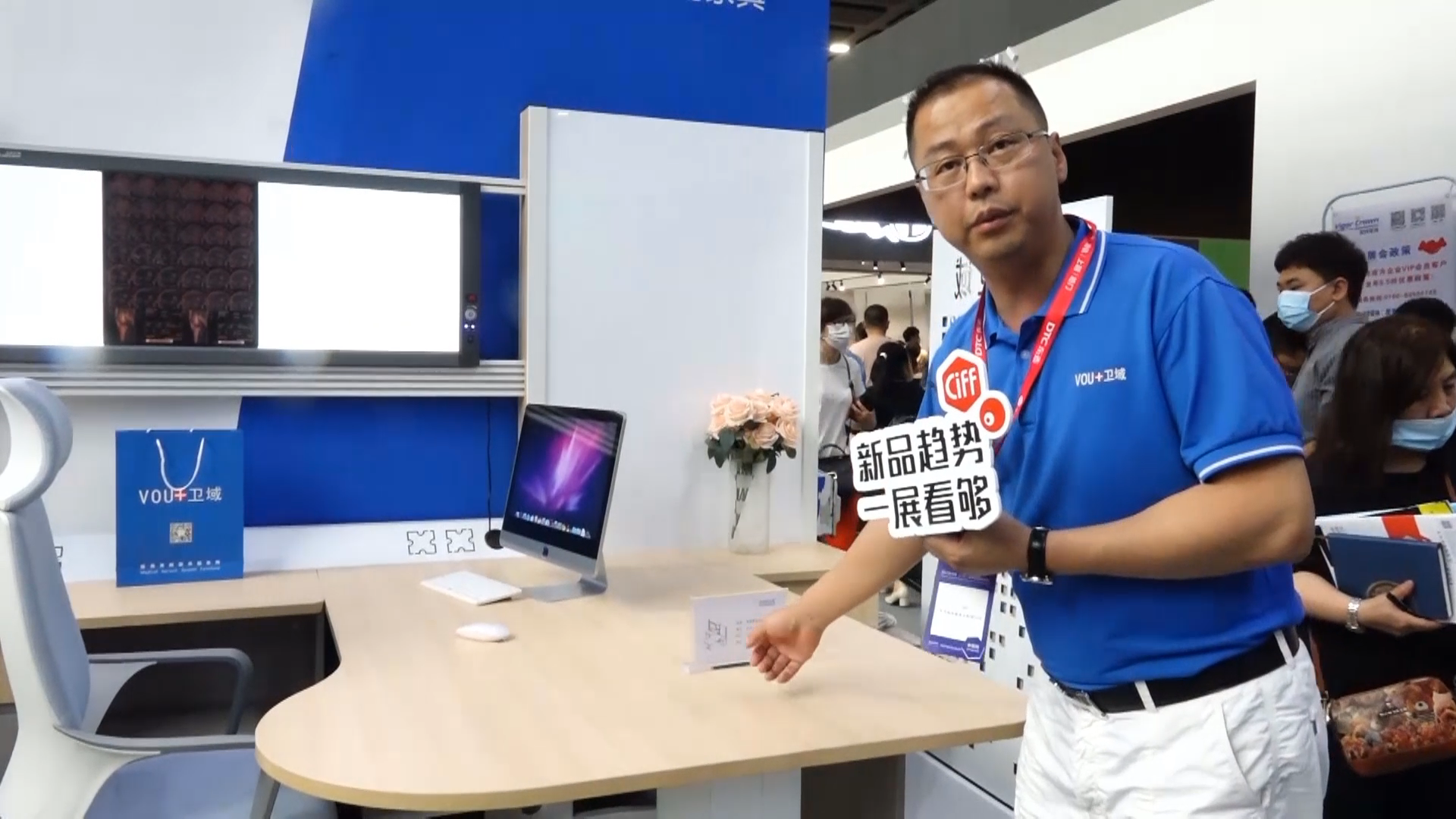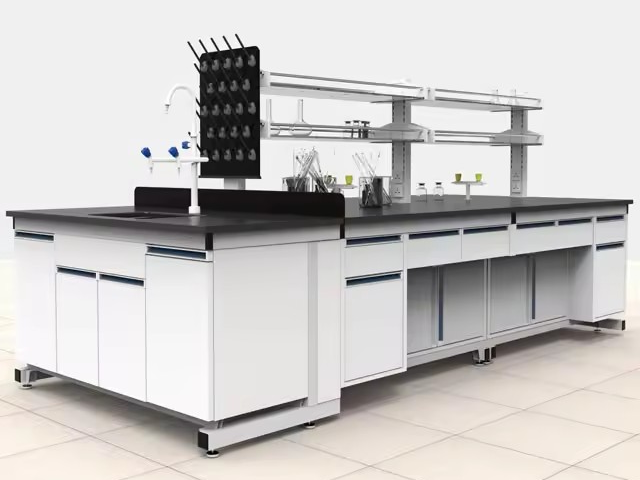Key points of furniture configuration design in new hospital projects
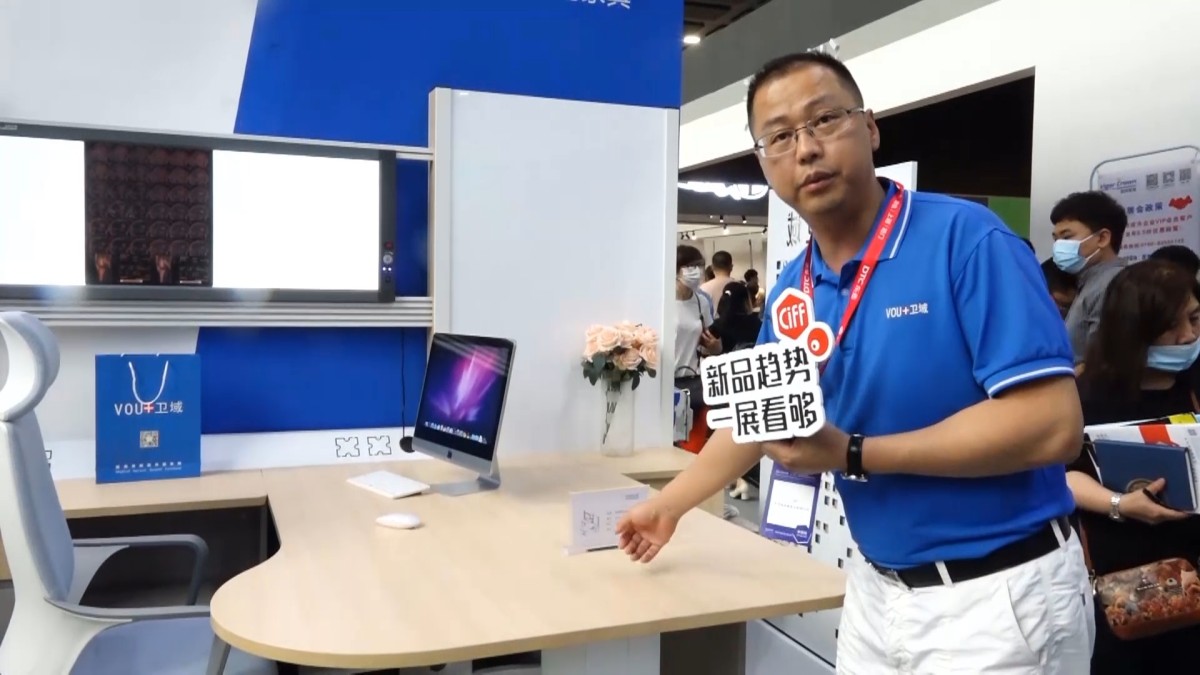
Designing furniture configurations for new hospital projects involves several key considerations to ensure functionality, efficiency, and patient comfort.
Here are some critical points to keep in mind:
1. Functionality and Ergonomics
Patient Comfort:
Furniture should be designed to maximize patient comfort, with adjustable features and supportive designs.
Staff Efficiency:
Ergonomic designs for staff workstations and patient care areas help reduce strain and improve workflow.
Flexibility: Modular and adjustable furniture allows for reconfiguration as needs change over time.
2. Infection Control
Materials:
Use antimicrobial and easy-to-clean materials to reduce the risk of infection.
Design: Furniture should have smooth, non-porous surfaces with minimal seams to avoid harboring bacteria.
3. Space Optimization
Room Layout:
Furniture should be arranged to maximize space efficiency, ensuring easy movement and accessibility for both staff and patients.
Storage Solutions:
Incorporate ample storage to keep medical supplies and personal items organized and out of sight.
4. Accessibility and Safety
Compliance:
Ensure that designs meet all relevant accessibility standards (e.g., ADA in the U.S.) for patients with disabilities.
Safety Features: Furniture should have rounded edges, non-slip surfaces, and be sturdy to prevent accidents.
5. Patient and Family Experience
Comfort:
Provide comfortable seating for family members and support areas for visitors.
Privacy: Design furniture to create private spaces where patients can feel secure and at ease.
6. Aesthetics and Atmosphere
Design Harmony:
Furniture should complement the overall design theme of the hospital to create a calming and welcoming environment.
Color and Lighting: Consider how furniture color and placement interact with lighting to enhance the ambiance.
7. Durability and Maintenance
Material Choices:
Select durable materials that can withstand frequent use and are easy to maintain.
Ease of Maintenance: Furniture should be designed for easy cleaning and repair to ensure longevity.
8. Technological Integration
Modular Design:
Integrate technology into furniture, such as charging stations and built-in communication tools.
Smart Furniture: Incorporate features like automated adjustments or sensor technology where applicable.
9. Cost-Effectiveness
Budget:
Balance quality and cost to stay within budget while meeting all design and functional requirements.
Lifecycle Costs: Consider long-term costs, including maintenance and replacement.
10. Compliance with Standards
Regulations:
Ensure all furniture complies with relevant healthcare regulations and standards, including fire safety and patient care guidelines.
Integrating these considerations into the design process will help create a hospital environment that supports both patient care and operational efficiency.

Awesome! Share to:
Related News
 China's Healthcare Industry in 2024: New Opportunities and Challenges in the Hospital Furniture Market2024-09-19
China's Healthcare Industry in 2024: New Opportunities and Challenges in the Hospital Furniture Market2024-09-19 Global Development Trends in Medical Furniture2024-09-19
Global Development Trends in Medical Furniture2024-09-19 What are the furniture used in hospitals and what should be noted when purchasing2024-09-19
What are the furniture used in hospitals and what should be noted when purchasing2024-09-19 The overall process of building a new hospital project2024-09-19
The overall process of building a new hospital project2024-09-19 The Importance of Medical Furniture Procurement in the Construction of New Hospitals2024-09-19
The Importance of Medical Furniture Procurement in the Construction of New Hospitals2024-09-19 Key points of furniture configuration design in new hospital projects2024-09-19
Key points of furniture configuration design in new hospital projects2024-09-19 Hospital Construction and Management Exhibition2024-09-19
Hospital Construction and Management Exhibition2024-09-19 Laboratory furniture is designed to lab environment2024-09-19
Laboratory furniture is designed to lab environment2024-09-19

ISO9001, ISO14001, TUV, CE, etc, more than 40 national patents
10+ people teams offer differentdesign
1year warranty, free spare board and hardware for replace
